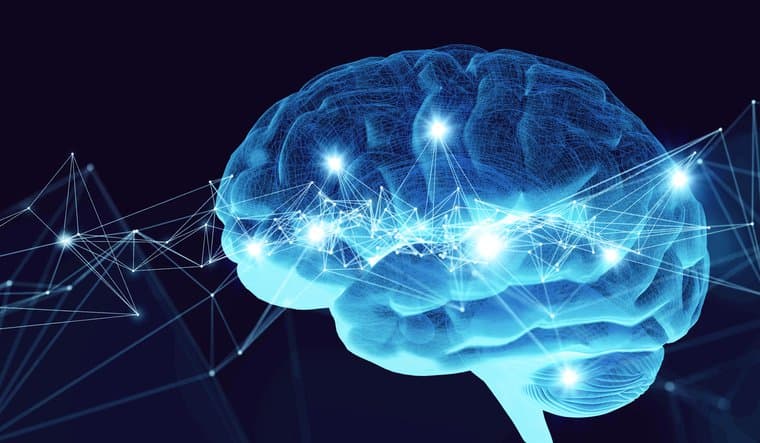Decision-making is a key part of our lives, playing a major role not only in everyday situations but also in more complex aspects, such as gambling or investment decisions. A question that inevitably arises in this field is: why are we sometimes willing to take risks despite the potential consequences, while at other times we opt for a safer route? To understand how we make these decisions, we need to turn to neurobiology and the mechanism of our brain that regulates this process.
The Brain and Decision-Making: What Happens Inside?
When faced with a choice, our brain starts working actively, assessing the potential risks and rewards. This process involves several key neurobiological mechanisms that help us make decisions based on experience, intuition, and logic.
The primary center for decision-making is the prefrontal cortex, which is responsible for planning, decision-making, social behavior, and adaptation to new conditions. It interacts with the limbic system, specifically the striatum, which plays a key role in the feeling of reward and motivation.
When a choice presents itself, the brain evaluates how high the risk is and what reward we might receive. This comparison occurs through the use of dopamine—a neurotransmitter activated in response to positive stimuli related to receiving rewards. The higher the reward, the more active this system becomes.
Risk and Reward: How Does the Brain Balance?
Making decisions between risk and reward is about finding a balance between our instincts and logical reasoning. Neurobiologists often use gambling as an example to demonstrate how the brain can lean toward risk despite its uncertainty.
In online casinos, for instance, players are confronted with the possibility of winning or losing, which activates various parts of the brain. Our neural networks are such that we often lean toward taking risks, seeking the feeling of reward even when the chances of success are relatively low. This is explained by the fact that the dopamine system in the brain responds not only to actual winnings but also to the prospect of achieving something desired, even if that prospect is not a guaranteed success.
Studies show that if a person feels intense excitement from a potential win, they are more likely to take greater risks. This also explains why many people continue to gamble despite losses. The desire for the pleasure of a potential win often outweighs the rational understanding of risk.
To reduce risks associated with potential losses, many gaming platforms offer the possibility to start with minimal deposits, such as casino deposito 1€. This allows players to control their bets and avoid large financial losses, especially in the early stages. However, before choosing a platform, it’s important to review overviews and read feedback from other users to ensure its reliability.
Why Are Some People More Inclined to Take Risks?
Not everyone reacts to risks in the same way. Some people are more inclined to take risks, while others prefer safer, more predictable options. This is largely determined by the reward system in the brain, which can function differently in different individuals.
Research has shown that people prone to risk often experience a stronger dopamine response when anticipating a reward. In contrast, those who avoid risk do not experience this system activation with the same intensity, making them more cautious in decision-making. This could be linked to genetic predispositions as well as personal experiences that shape how we evaluate risks.
Additionally, cultural and social factors can influence how a person assesses risks. For example, in certain countries or social groups, the cult of success and overcoming challenges may encourage taking more risky decisions than in other societies.
How Neurobiology Can Help Improve Decision-Making?
Understanding how our brain works in the decision-making process can help us better control our actions and make more conscious choices. For example, in the field of online entertainment, such as gambling, it is important to understand how we operate on a subconscious level. Knowing how the brain reacts to risk can encourage a more responsible approach to gambling.
To do this, it is essential to develop awareness in decision-making, learn to control our emotions, and understand that it is not always worth following our initial impulses triggered by dopamine surges. Some studies show that making decisions “with a cool head,” when a person is not under the influence of strong emotions, helps avoid risks that can lead to significant losses.
Conclusion: The Brain, Risk, and Reward
Decision-making between risk and reward is an integral part of our lives. By understanding the neurobiology behind this process, we can better understand how and why we choose one path over another and learn to make more balanced and conscious choices. This is especially important in areas where emotions and risks play a significant role, such as gambling. Being aware of how our brain manages these processes allows us to approach decision-making more responsibly and improve the quality of our lives.






